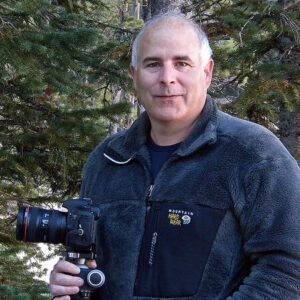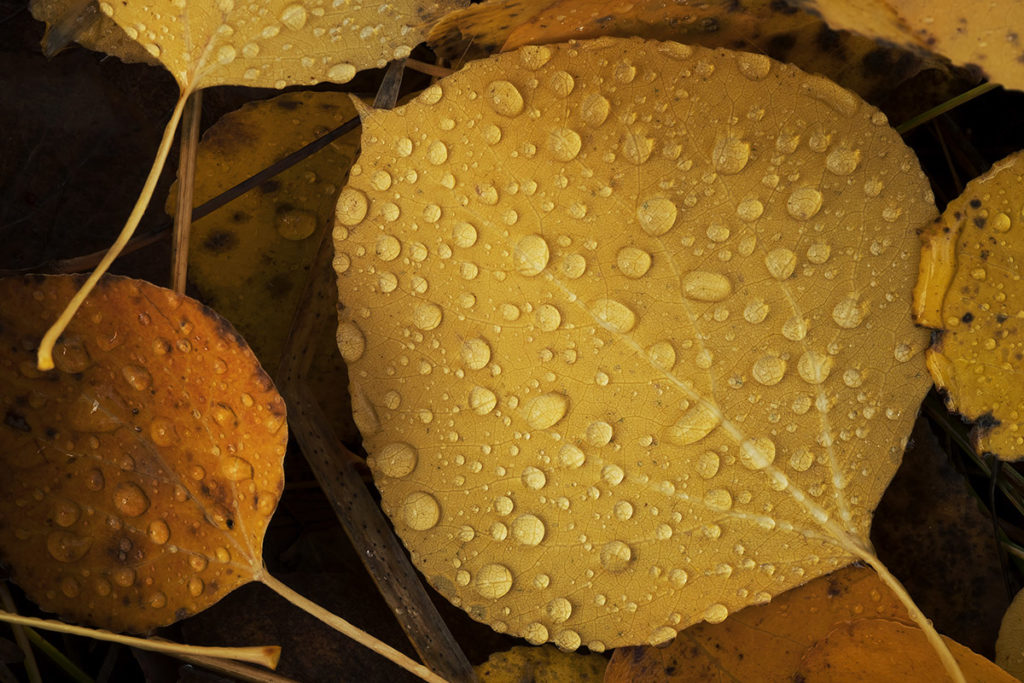
It’s a cliched phrase, but there is truth to it: preparation is the key to success. It’s true in life and especially true in photography. With good preparation, we increase our chances of coming home with images that we are pleased with. I prepare for my photo trips and even take some pleasure in the preparation, because to me, preparation is part of the “journey”, and it serves to get me in a more creative frame of mind before I ever leave the house.
Some of us spend a huge amount of time preparing for a photo trip. We clean and inspect all our equipment. Lay everything out on the floor to organize it as well as double check we haven’t forgotten anything. We lovingly pack our camera bags, making sure everything is in its proper place and will be easy to grab in the heat of the moment. We pour over weather forecasts for the area we are visiting, noticing trends and possible weather anomalies. We may spend some time using Photo Pills or one of the other celestial planning apps. We may even spend some time planning out our travel route to the location, deciding on the best route for time, scenery, and safety. All of this work to put us on location at the right time, with the right gear, to hopefully come home with a shot that we are proud of. But is that all the preparation we should be doing?
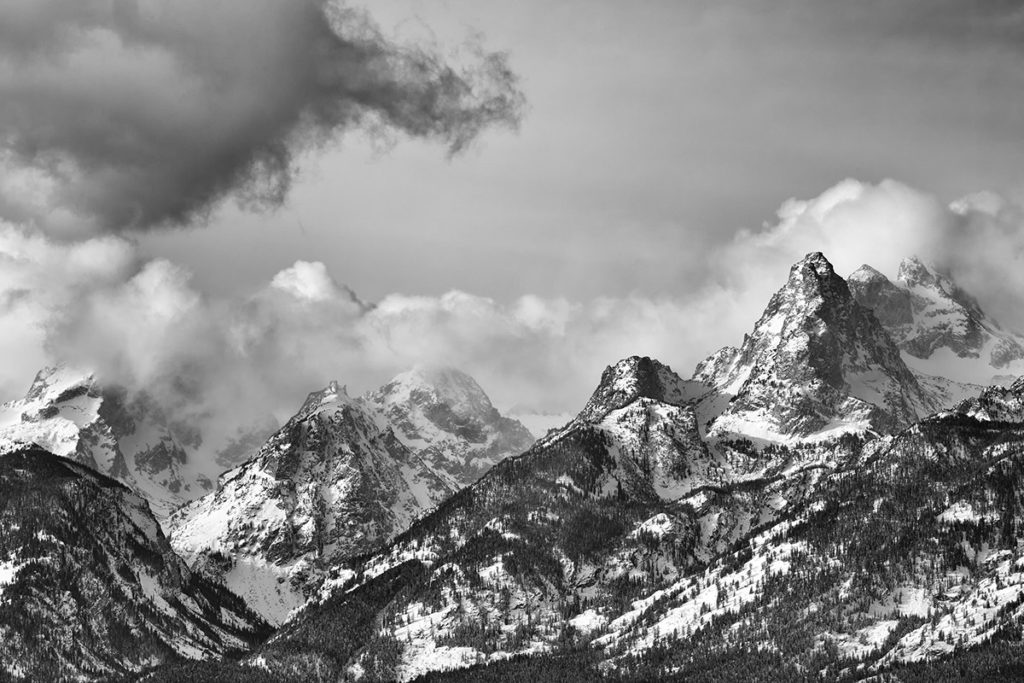
Most of you have probably heard the term “pre-visualization”. It’s a fairly ubiquitous term nowadays in the photographic world, and one that people throw around a lot. It can be considered a form of preparation, planning the shots that you want to capture. Ansel Adams wrote often about this concept where he defined it as the ability to anticipate a finished image before making the exposure. The actual term “previsualization” has been attributed to Minor White who divided visualization into previsualization, referring to visualization while studying the subject, and postvisualization, referring to remembering the visualized image at printing time. In essence, it is the thoughtful consideration of the image before and after capture, creating the finished image in your minds eye, which is then realized in the field and the darkroom.
This concept is fantastic and one that many photographers have employed. Heading out to a location, we have an idea of the image we want to capture, the subject and supporting scenery, plus the “right” environmental conditions. This is essentially previsualization as the term is used today. Though, if you look at Ansel’s words, it extends to the moment before capture, in the field with your eye to the camera. It doesn’t stop once you are on location; it extends all the way through the final output. Knowing how you want your image to look before you press the shutter button is essential to creating worthy images.
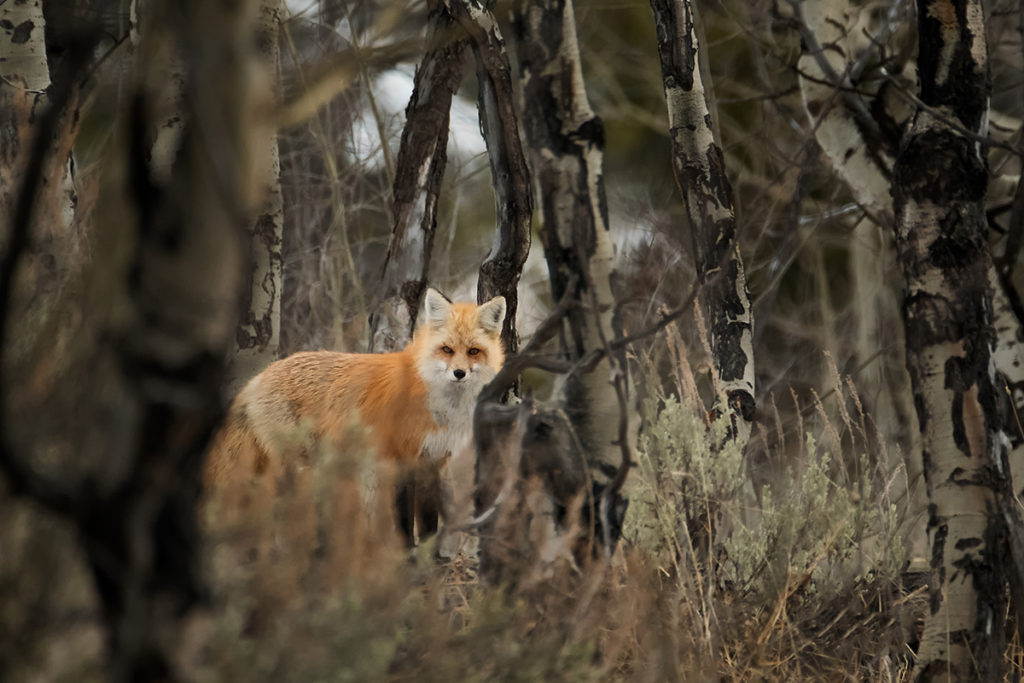
However, I have a slight problem with all of this preparation and previsualization: it can inhibit your creativity and limit your productivity in the field, and it may send you home empty handed and disappointed. If you are so focused on the technical aspects of getting to a location, then so focused on a specific shot list, you will not be open and receptive to whatever Nature sends your way.
As an example, I’m sure we’ve all been there: where we are looking forward to visiting a scenic location; we’ve study the weather for a couple of weeks ahead of time; done lots of research on the internet and seen some amazing images from this location; prepped all of our gear; and by the time we leave, we know exactly what image(s) we want to come home with. Then, we get to the location and the weather is nothing like the forecast; the subject we wanted to photograph isn’t in the best condition; we are tired and grumpy from a stressful drive; and nothing seems to be “right” to photograph. So, you pack up your stuff and head home depressed and dejected because you didn’t get that portfolio quality image you previsualized.
For a few years when I was just starting out, this was me. Often I’d head home without an image because things just weren’t “right” to capture the epic shot that I was expecting to capture. I had severely limited my creative vision by my expectations for the perfect, or close to perfect, image, and I wasn’t open to other creative possibilities while on location.
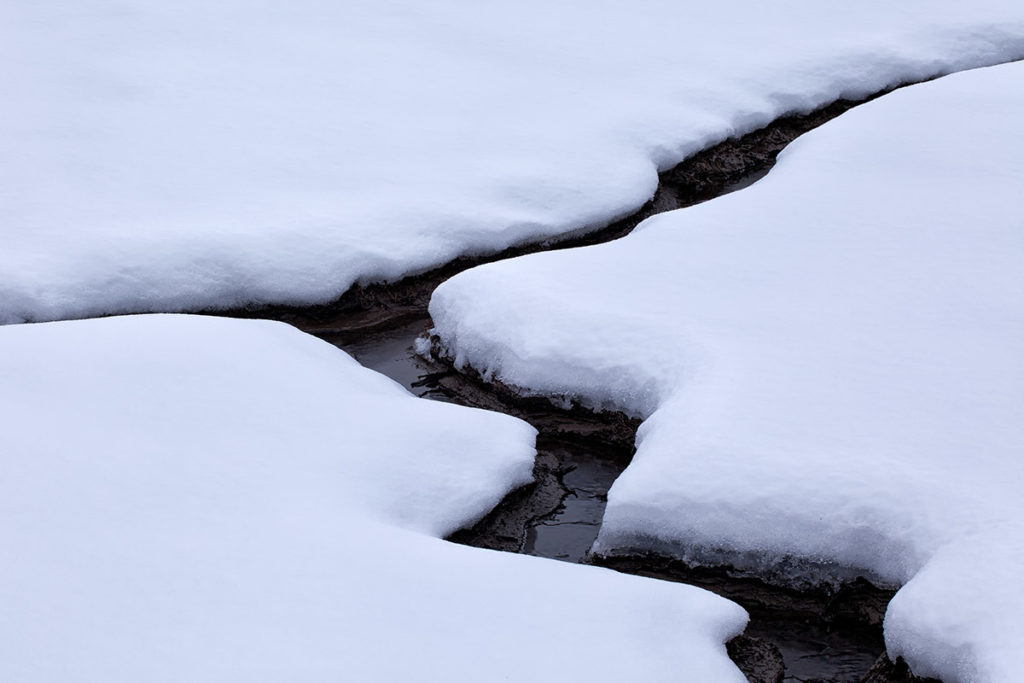
These days, I still plan and prepare for my trips, but I practice a different form of preparation for the creative outcomes that I hope to achieve. Instead of preparing for what shots I want to get, I focus my energies before the trip, preparing my mind to be creative so that I am receptive and open to my surroundings and creative inputs that may come my way.
My goal is to not be locked in to specific shot expectations, but instead, be open to responding to the location, the conditions, and my own energy to create meaningful art on location, thereby increasing my chances of coming home with something I am pleased with.
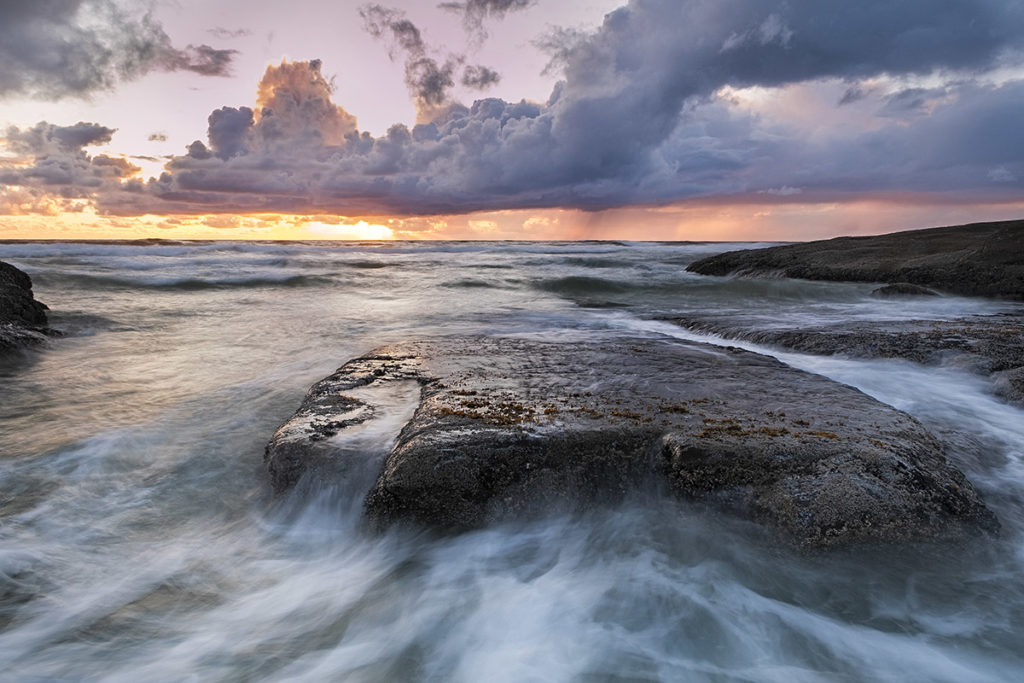
It may seem simple, but actually it can be quite difficult. We oftentimes are so consumed by our day-to-day life, by the hustle and bustle of preparing for a trip, that we can’t create enough “space” in our heads to properly prepare mentally. Preparation and planning is typically a “left brain” activity, focused on analytical and methodical thinking.
What I try and do is spend time to activate my creative “right brain” side before a trip in preparation to create art. This mental preparation is as important as any physical preparations, as it’s the “engine” that drives my photographic pursuits while on location. Over the years I have made a conscious effort to shift my focus pre-trip to spending time warming up my creative engine, which is not based on facts, forecasts, or topography; it’s based on feeling and receptiveness to my surroundings.
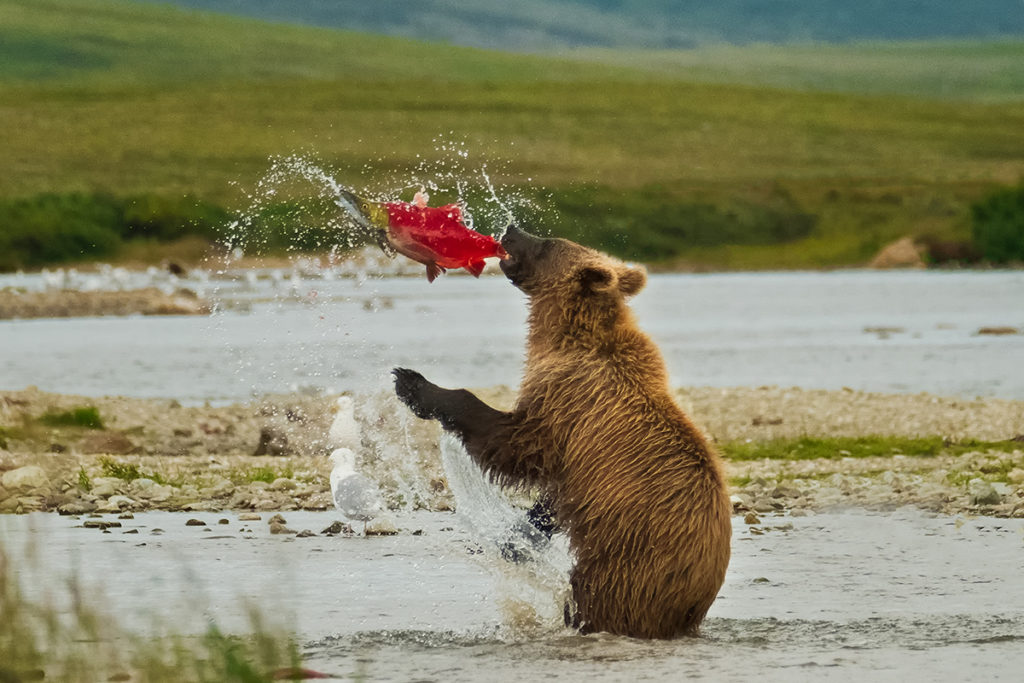
Slow Down Before The Trip
Slowing down, mentally and physically, before a trip will allow you to create “space” and “quiet” for the right-brain to engage. Too often our left-brained activities of packing, researching weather, paying bills, taking care of family, etc., will dominate our thinking, drowning out the softer and quieter creative thoughts of the right-brain.
So, how do you slow down in this busy life?
- Don’t obsess and plan so much. Weather predictions are not 100% accurate and you don’t need every last thing just perfect in your camera bag. Relax what you think you “need” to do before a trip.
- Start preparing earlier before the trip so you are not rushed right before leaving. This will allow you more free time to start engaging your creative side. I have shifted from being a planner and list-maker to being more fluid and reactionary once I get to my destination. I have a basic kit of gear in my bags which serves 95% of what I need for most shoots, and I’ve come to learn that I don’t need to bring everything and the kitchen sink on every photo shoot. All of this allows me more time to begin thinking creatively and getting in the artistic zone before I leave the house.
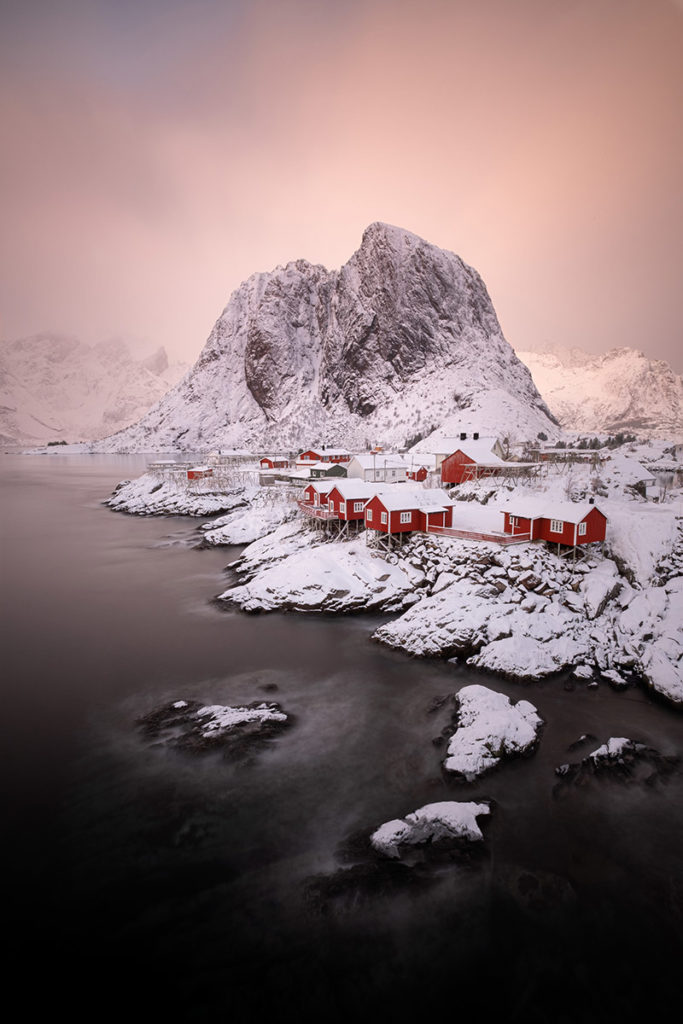
Observe the Light
As I begin to engage my creative side before a trip, I make a conscious effort to be more observant of the light as I go about my day. The essence of photography is, after all, the capturing of light itself.
Above all else, I work to be observant and evaluative of the different qualities of light throughout the day, no matter where I am or what I’m doing. This will help me better evaluate light on location so that I may find compositions that might be overlooked if I was less observant.
What I work to consciously observe are things like the color temperature of the light: is it warm or cold; how warm; how cold; and how does that temperature interact with different colors, surfaces, and shapes around me? What direction is the light coming from, and how does that play across the landscape around me? At sunrise and sunset, how does the light in the sky behave during this time of year? As you know, the sun shifts its relative position in the sky depending on the season, which will impact how it displays in the sky, which is important for my photography.

Being observant and attentive to the varied qualities of light will help me on location in numerous ways. If my primary shots are not working out for me, I may spend some time photographing shadow patterns, or unique intimate landscapes where light is a vital part of the image. By being open and observant to the immensely varied qualities and aspects of light, I may be able to create images that I am pleased with, even when my primary objectives are not ideal for photographing.
You may have heard the saying there is no such thing as bad light. This is very true! No matter what the light, there is always something to photograph. It may not be the right light for the subject or mood you want to capture, but there are photographs available in whatever light you have. By being observant to the light, you’ll be better able to read the scenery around you, creating images throughout the day in whatever conditions come your way.
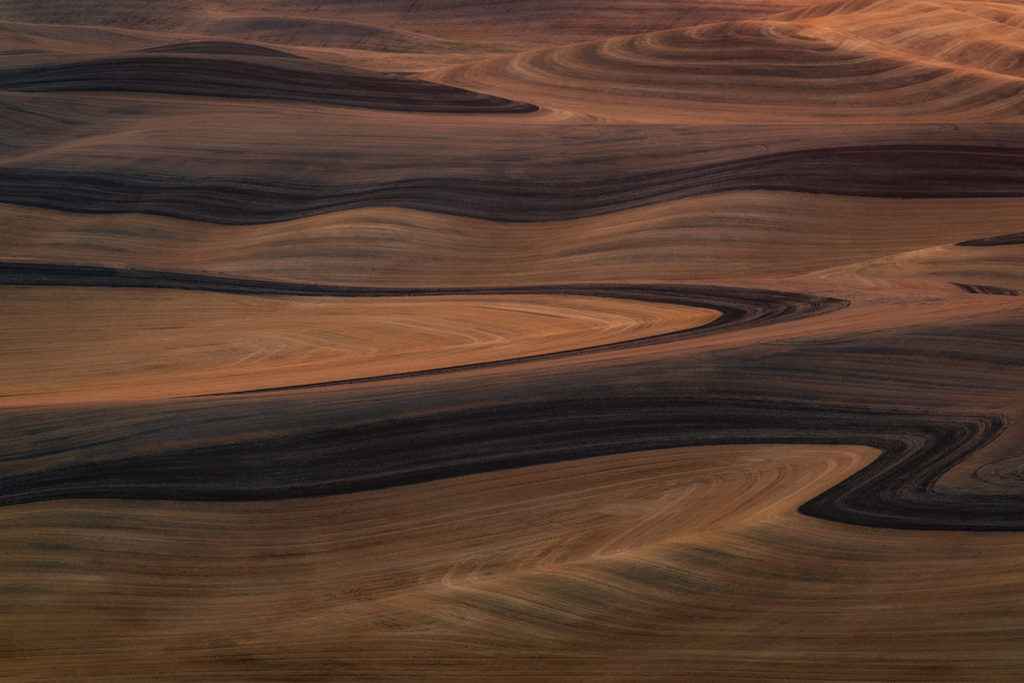
Observe Patterns, Shapes, and Textures
Similar to light, before a trip I make an effort to pay attention to patterns, shapes, and textures around me. It could be something as simple as the pattern of a brick wall, the texture of a concrete sidewalk, or the shape of an exhaust pipe. Essentially, whatever is around me as I go about my day, I make an effort to look at things more artistically and creatively in preparation for a trip.
Patterns, shapes, and textures can be incredibly important in your images. These can be a supporting element around your subject or they can be the subject themselves. By being more observant of them prior to a trip, I more easily spot interesting elements while on location and work to add them to an existing composition or create new compositions entirely.
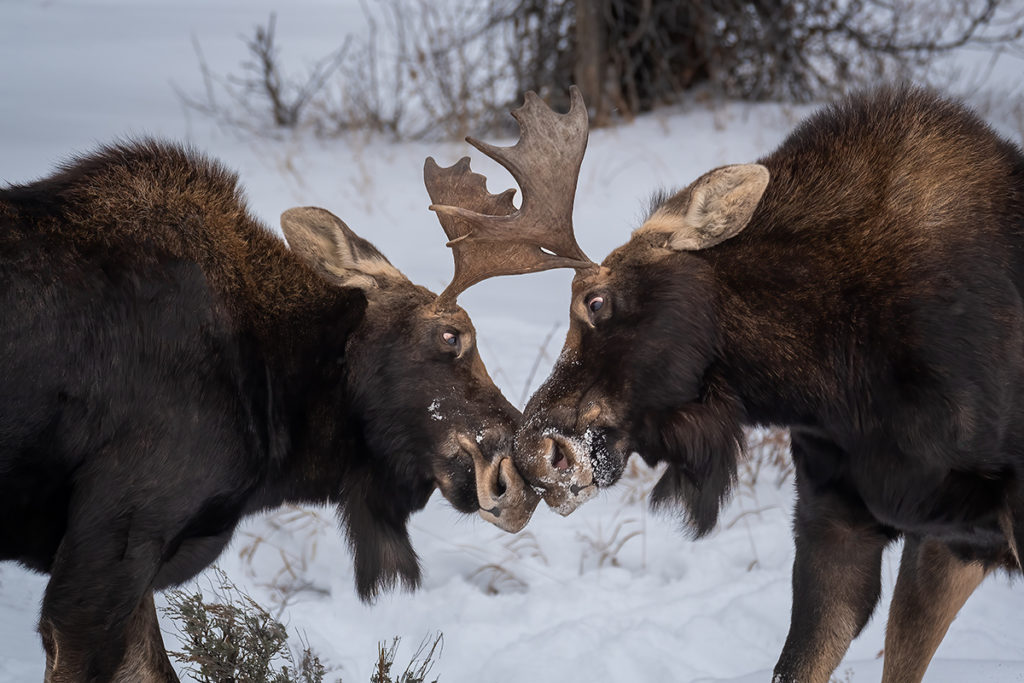
Slow Down on Location
Once I’ve made it to my shooting location, the last bit of mental preparation I do is to force myself to slow down in what I’m doing and how I’m seeing the landscape. This is incredibly difficult, as we are always so excited to be there, wanting to get out and start taking pictures immediately! Instead, spend some time getting a feel for your surroundings, even if it is a place you’ve been to before, so that you can better respond to the specific conditions, creating images that are more in-tune with the palette of opportunities presented to you.
Spend some time walking around the location with your camera in your bag. Do not take out your camera, because the second you do, you’ll begin taking images, unintentionally blinding yourself to other photographic possibilities. As you walk around, identify the obvious and not so obvious subjects. Notice the light quality and direction, seeing how it plays across potential subjects. Look for interesting patterns, shapes, or textures that you could incorporate into your images. Walking around and observing will also help you settle your excitement so you may “see” more critically as you compose the scene(s) before you. Oftentimes our artistic judgement is clouded by the excitement of being on location, our photographs driven by uncontrolled emotion instead of creative/artistic inspiration.
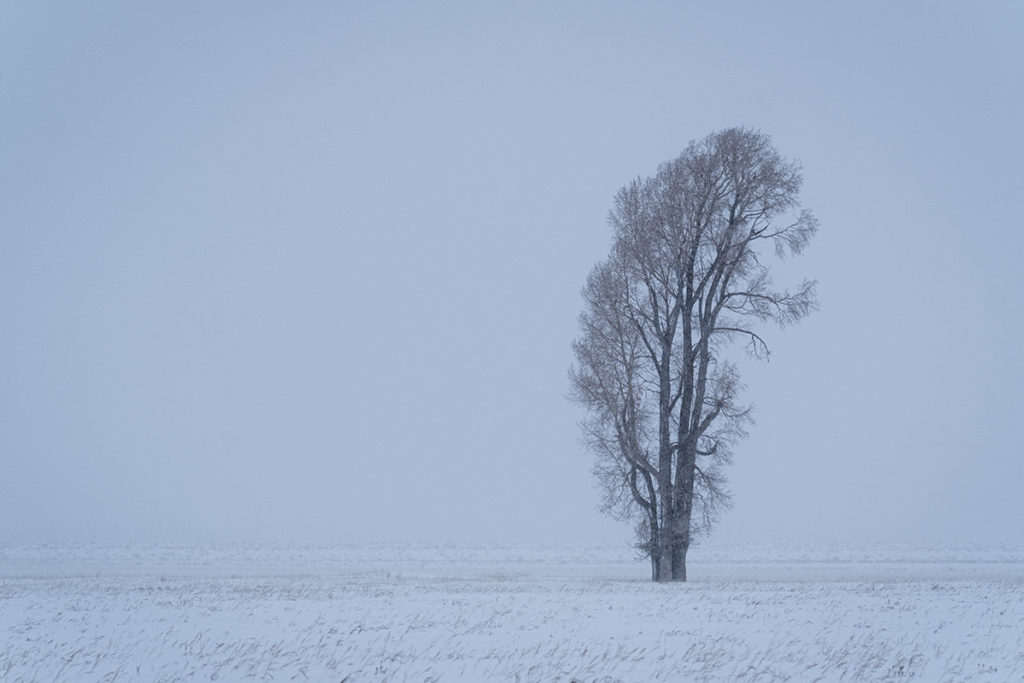
I am a big believer in responding to my environment, being open and receptive to the conditions, feelings and vibe of the location on any given day. If you slow down, you can be more receptive to your surroundings in order to feel what the location is telling you. Sometimes this “feeling” can guide creative explorations while on location. Listening to what nature wants to say and how it wants to present itself, oftentimes is more rewarding artistically than trying to force my own preconceived ideas of what image I want to walk away with.
Once you’ve finally selected a subject and supporting elements, visualize how your captured image could look. Take another breath to slow down even further and really assess how strong the composition is. How pleased with it are you? Are there any elements that aren’t “right” for the shot? Is the mood wrong for the subject? Where do the eyes travel? The questions go on, but you understand the gist, I am sure.
Only by slowing down right before capturing the image can we properly assess the artistic and technical merits of the composition. Yes, digital files are inexpensive compared to film, but that doesn’t mean we, as artists, should waste our creative energy on sub-par images.
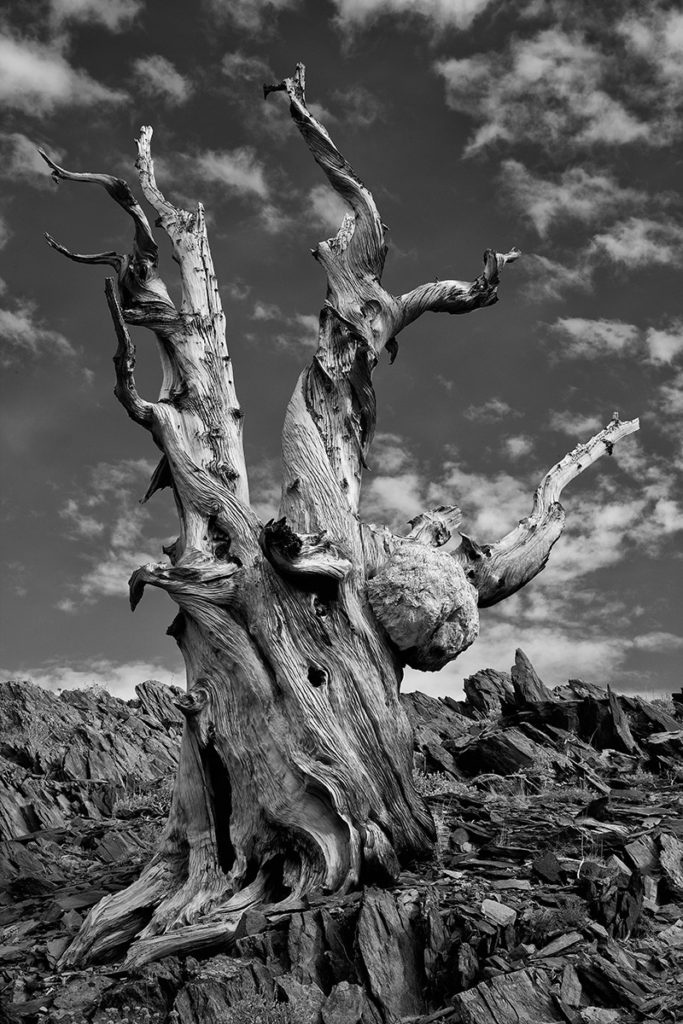
Concluding Thoughts
To create compelling images that are portfolio worthy takes work and possibly a bit of luck. Yes, you need to do all of the physical preparations to get you to the right location, at the right time, with the right equipment. However, for me, the physical preparation is secondary to the mental preparation that is needed to get into the creative zone and create artistic images.
Our creativity is like a muscle that needs to be exercised and used frequently, or it will atrophy. In sports, muscles need to be warmed up and stretched so they can perform at their peak. The same holds true for our creative muscles. They need to be warmed up and activated before the trip so that when we are on location, we can perform at our creative peak. Mental preparation before the trip is the warm-up we need before heading out the door with our camera pack on our shoulders.


